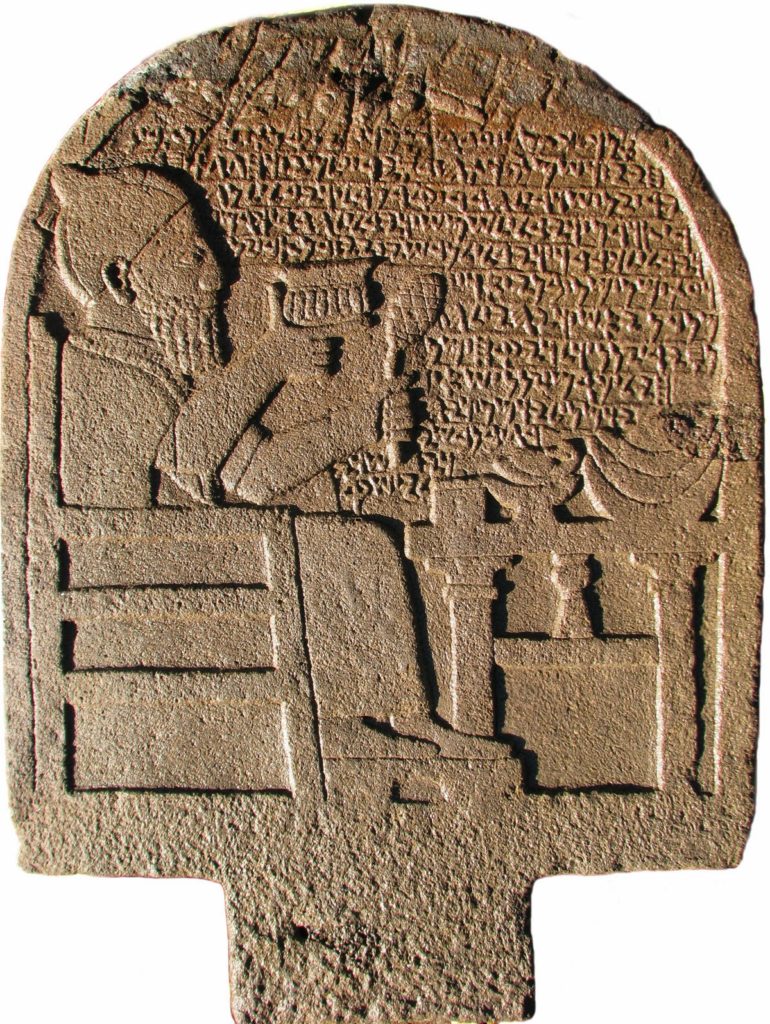From the New York Times:
A faded fragment of papyrus known as the “Gospel of Jesus’s Wife,” which caused an uproar when unveiled by a Harvard Divinity School historian in 2012, has been tested by scientists who conclude in a journal published on Thursday that the ink and papyrus are very likely ancient, and not a modern forgery.
Skepticism about the tiny scrap of papyrus has been fierce because it contained a phrase never before seen in any piece of Scripture: “Jesus said to them, ‘My wife…’ ” Too convenient for some, it also contained the words “she will be able to be my disciple,” a clause that inflamed the debate in some churches over whether women should be allowed to be priests.
The papyrus fragment has now been analyzed by professors of electrical engineering, chemistry and biology at Columbia University, Harvard University and the Massachusetts Institute of Technology, who reported that it resembles other ancient papyri from the fourth to the eighth centuries. (Scientists at the University of Arizona, who dated the fragment to centuries before the birth of Jesus, concluded that their results were unreliable.)
The test results do not prove that Jesus had a wife or disciples who were women, only that the fragment is more likely a snippet from an ancient manuscript than a fake, the scholars agree. Karen L. King, the historian at Harvard Divinity School who gave the papyrus its name and fame, has said all along that it should not be regarded as evidence that Jesus married, only that early Christians were actively discussing celibacy, sex, marriage and discipleship.
The full NYT article is here. The Harvard Theological Review article is available for free download here.
An initial radiocarbon analysis dated the fragment to 404–209 BC; a second analysis gave a mean date of AD 741. King concludes with a date in the 7th or 8th centuries AD. As far as being a reliable witness to 1st century events, it is not. The author notes that the fragment should be studied in light of the Muslim view that prophets were usually married.
In King’s reading, “The main point of the GJW fragment is simply to affirm that women who are wives and mothers can be Jesus’s disciples.”
Previous posts about this subject:
